Do you ever wonder how that delicious vanilla flavor finds its way into your favorite recipes? Well, you’re in luck because we’re here to tell you the process behind it.
In this article, we will take you on a journey to uncover the secrets of how vanilla extract is made.
From cultivating vanilla beans to the meticulous extraction process, you’ll discover the innovative methods used to create this culinary delight.
Get ready to be amazed as we dive into the fascinating world of vanilla extract production.
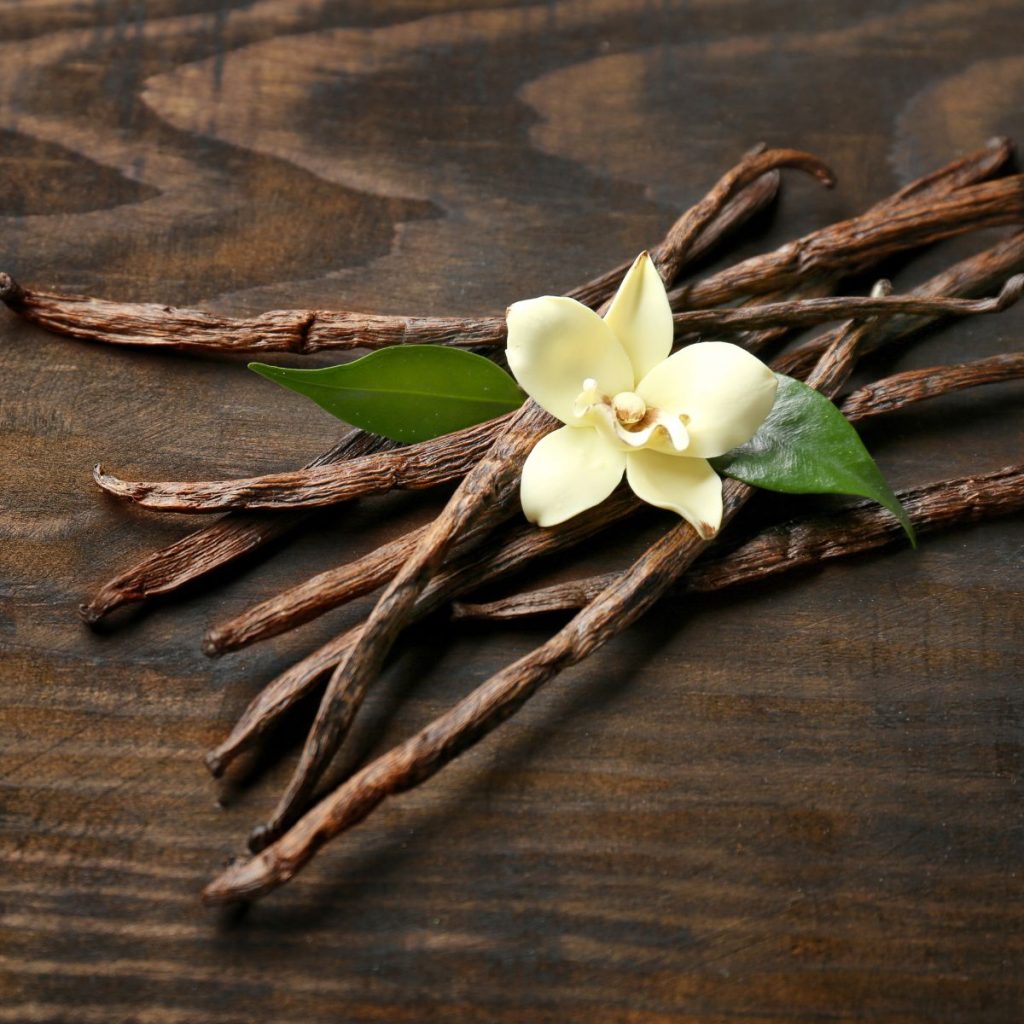
Vanilla Bean Cultivation
Vanilla beans are grown in tropical regions, where the climate and soil conditions are ideal for their growth.
To start the cultivation process, farmers carefully select and plant vanilla orchids, which are the source of these precious beans.
These orchids require a specific amount of shade, humidity, and sunlight to thrive.
As the orchids grow, they develop beautiful white flowers that last only one day. This is a crucial stage, as it requires hand pollination to ensure successful fruit formation.
Once the flowers are pollinated, they transform into green pods, eventually turning brown and mature.
It takes careful monitoring and patience to harvest the vanilla beans at the perfect time, ensuring the highest quality and flavor.
The process of vanilla bean cultivation is truly an innovative and intricate journey that results in the delightful vanilla extract we all love.
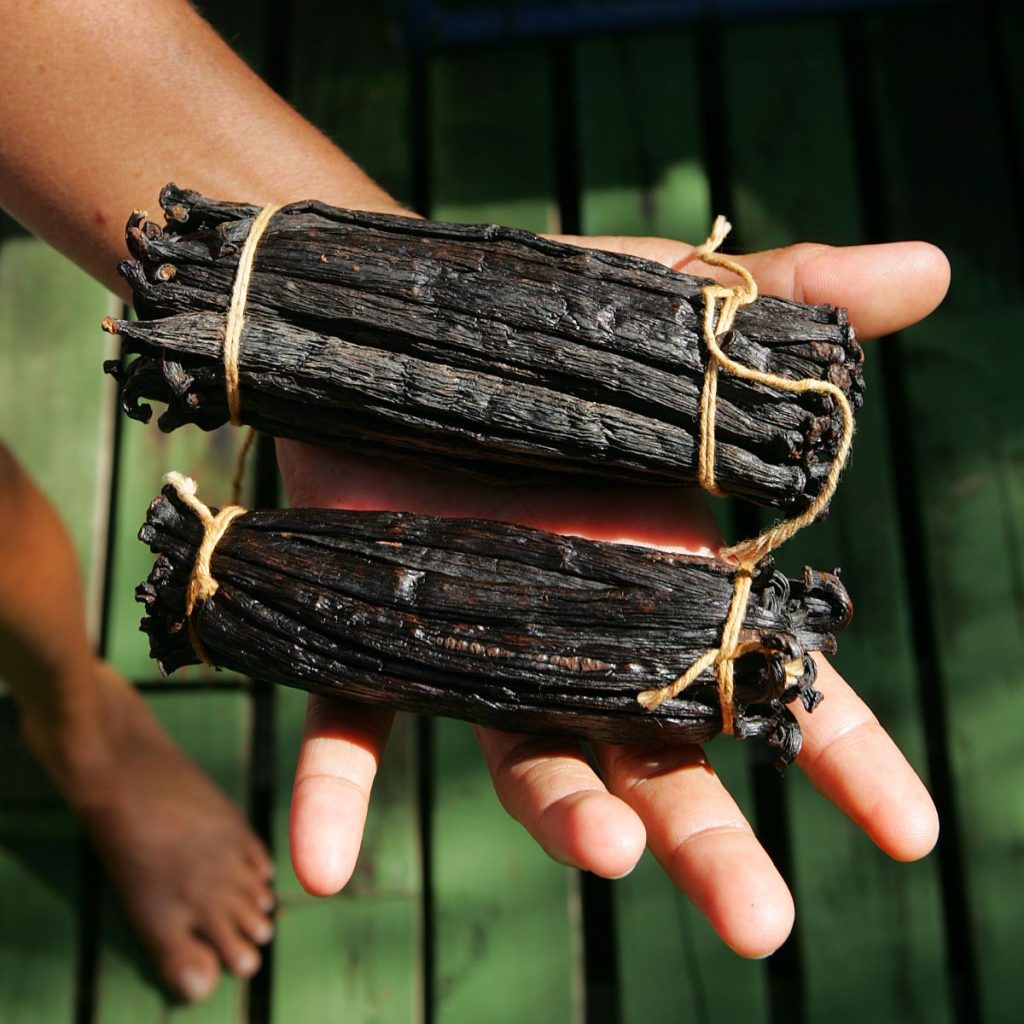
Harvesting and Curing Vanilla Beans
Once the vanilla beans have reached their peak ripeness, it’s time to begin the process of harvesting and curing them.
This is where innovation comes into play.
Instead of traditional methods, cutting-edge techniques are being used to ensure the highest quality vanilla beans.
Advanced machinery is employed to carefully harvest the beans, ensuring minimal damage to the delicate pods.
Next, the beans are carefully sorted and graded, with only the finest ones selected for further processing.
The curing process is equally innovative, with modern technology being used to carefully control temperature and humidity levels.
This helps enhance the vanilla beans’ flavor and aroma, resulting in a superior end product.
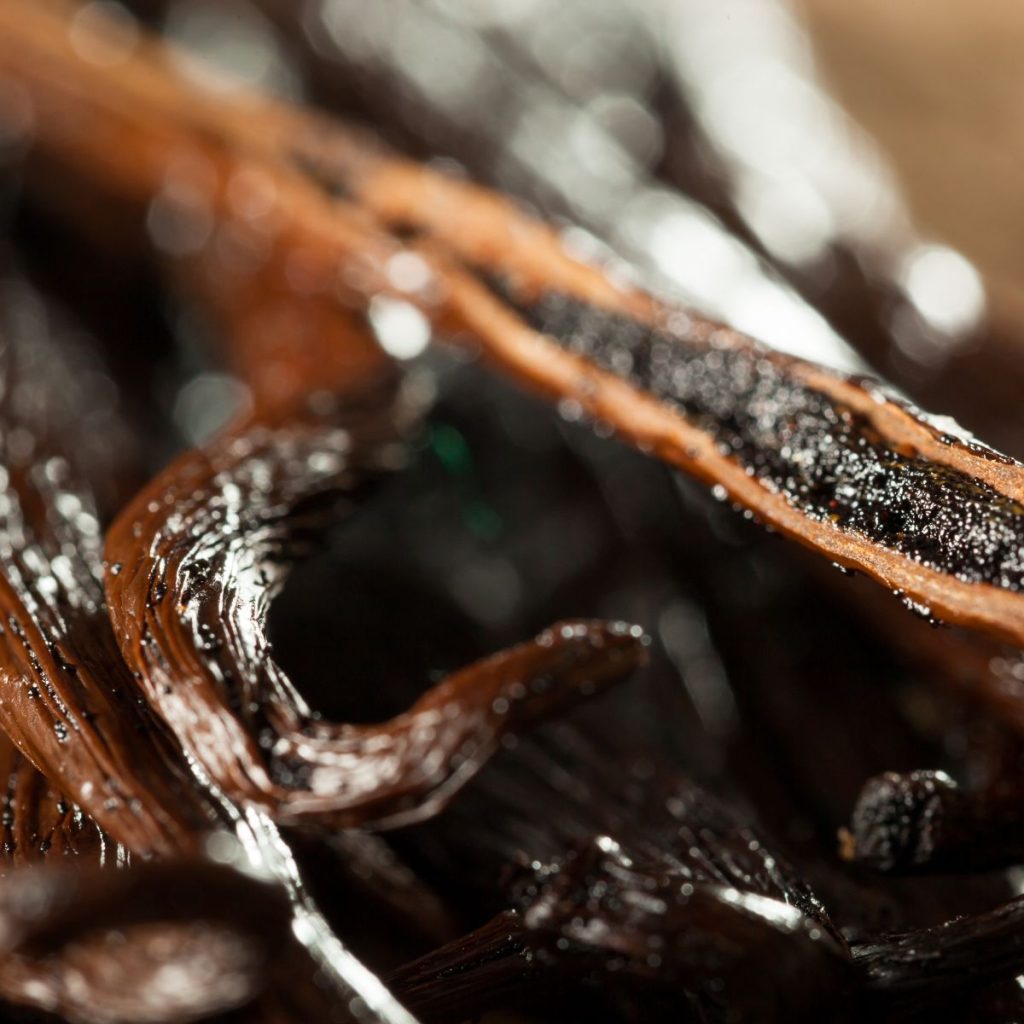
Extraction Methods for Vanilla
Producers use various methods to extract the rich flavors of vanilla.
One innovative extraction method is called cold pressing.
This technique involves gently crushing the vanilla beans and pressing them to release their aromatic compounds.
The resulting liquid is then filtered to remove any solid particles.
Another innovative method is supercritical fluid extraction. In this process, carbon dioxide is used as the solvent.
Under high pressure and temperature, the carbon dioxide turns into a supercritical fluid, which can dissolve the vanilla essence.
This method is highly efficient and produces a high-quality extract.
Lastly, there’s the traditional method of maceration, where the beans are soaked in alcohol for several weeks, allowing the flavors to infuse.
These innovative extraction methods ensure that the vanilla extract captures the true essence of the beans and provides a rich and flavorful experience.

Alcohol and Flavor Development
To develop the flavors of vanilla, alcohol is used in the extraction process.
Alcohol plays a crucial role in extracting the aromatic compounds from the vanilla beans, enhancing the overall flavor profile.
The alcohol acts as a solvent, breaking down the flavorsome compounds present in the beans and allowing them to infuse into the liquid.
This extraction process helps to capture the rich, complex flavors of vanilla, resulting in a more robust and intense taste.
The alcohol also plays a preservative role, preventing the growth of bacteria or other microorganisms that could spoil the extract.
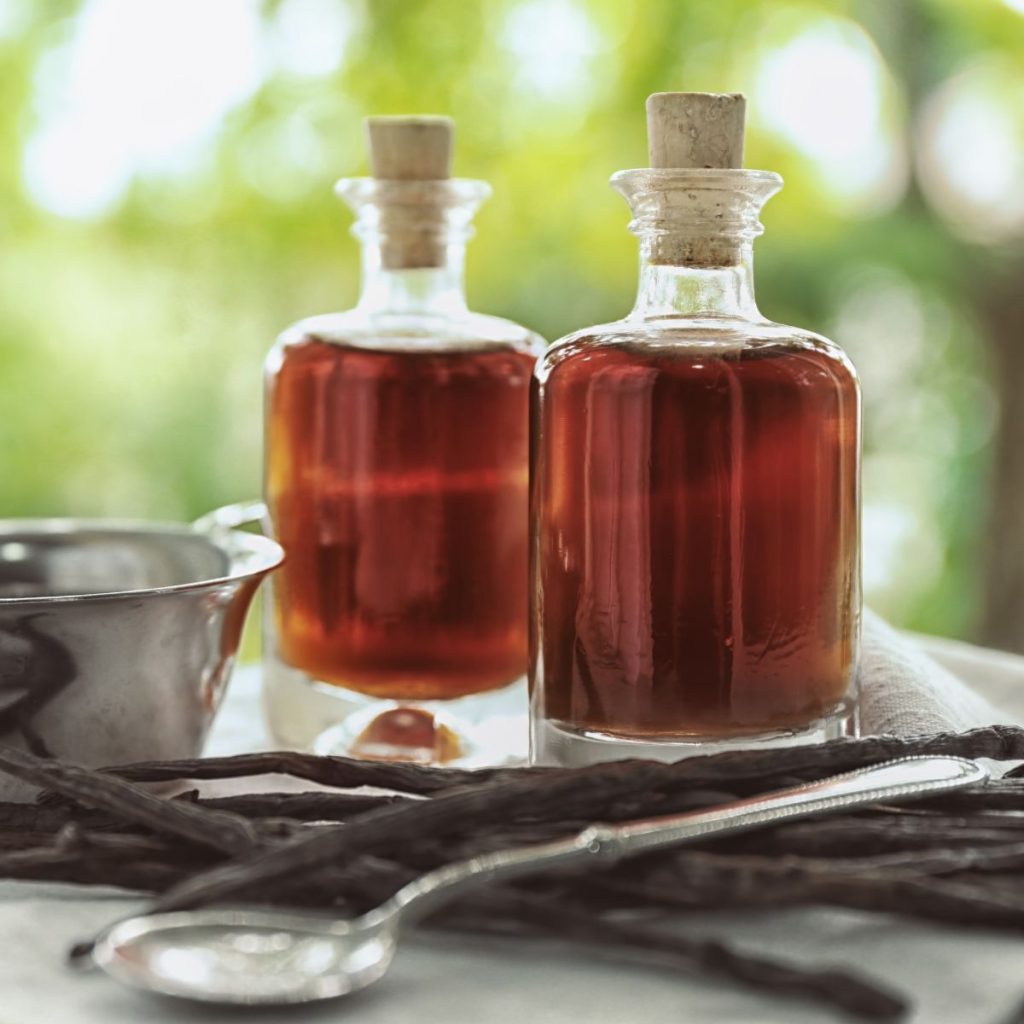
Bottling and Storing Vanilla Extract
You can bottle and store vanilla extract by using airtight containers and keeping it in a cool, dark place.
To add a touch of innovation, consider using unique containers like small glass vials or sleek, modern bottles that will make your homemade vanilla extract stand out.
These containers not only provide airtight protection but also add a visually appealing element to your pantry or kitchen.
Ensure that the containers are made of glass to prevent any potential leaching of unwanted flavors.
Additionally, labeling your bottles with the date of extraction can help you keep track of their freshness.

Appreciating Vanilla Extract Production
The journey of creating the vanilla extract you savor in your favorite recipes is nothing short of a remarkable fusion of tradition and innovation.
From the careful cultivation of vanilla orchids to the cutting-edge harvesting and curing techniques and the ingenious extraction methods, each step contributes to the creation of this culinary delight.
The role of alcohol in flavor development and the importance of proper storage are vital components of this process.
So, remember the incredible journey behind the scenes next time you add a dash of vanilla to your coffee, homemade ice creams, or your favorite cheesecake.
These transform those humble beans into the essence of flavor that enhances your culinary creations.


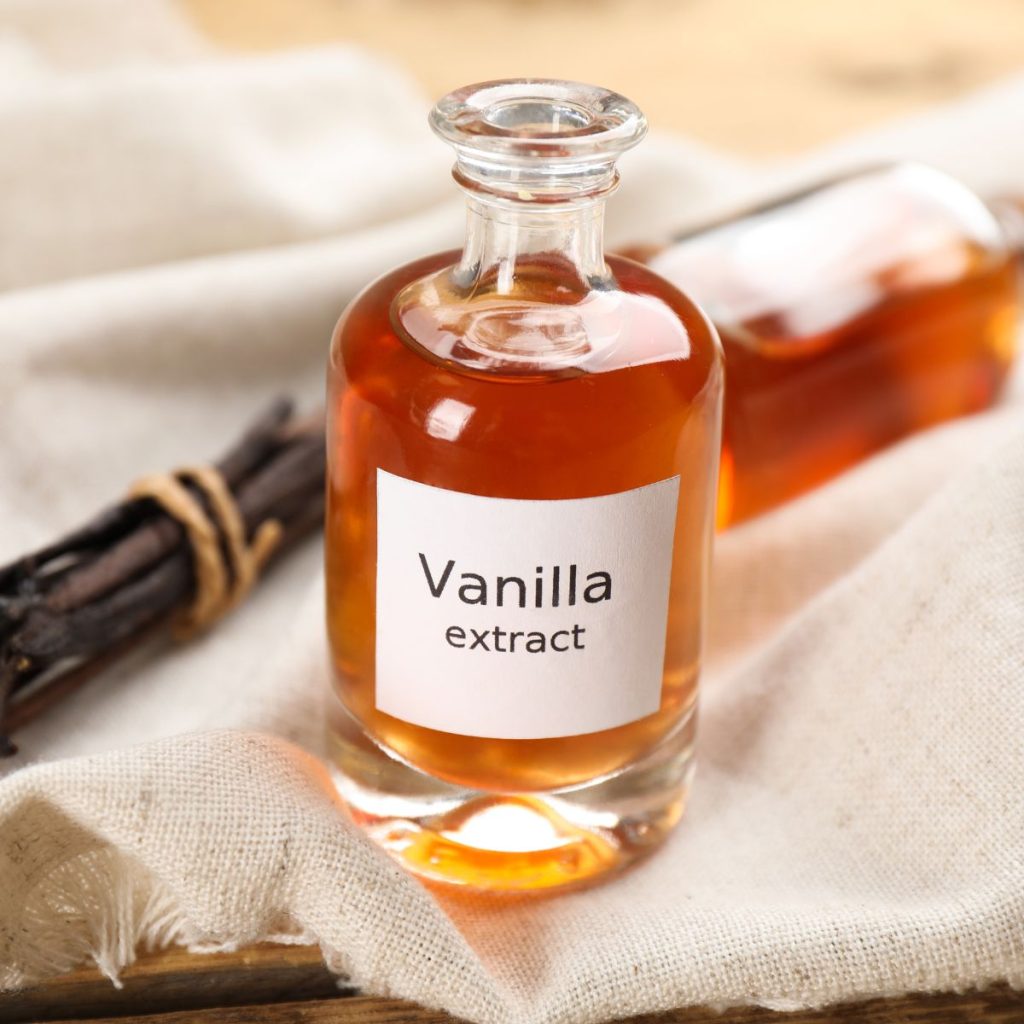


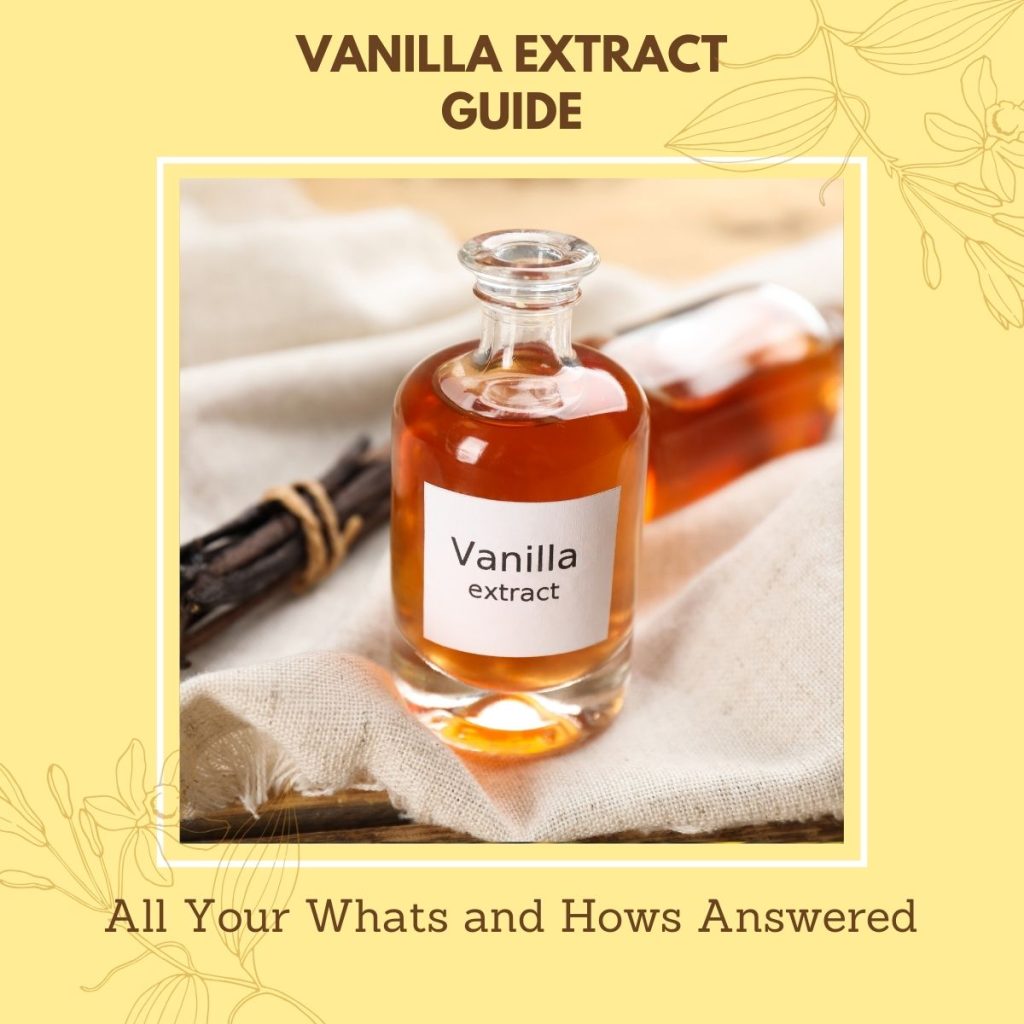
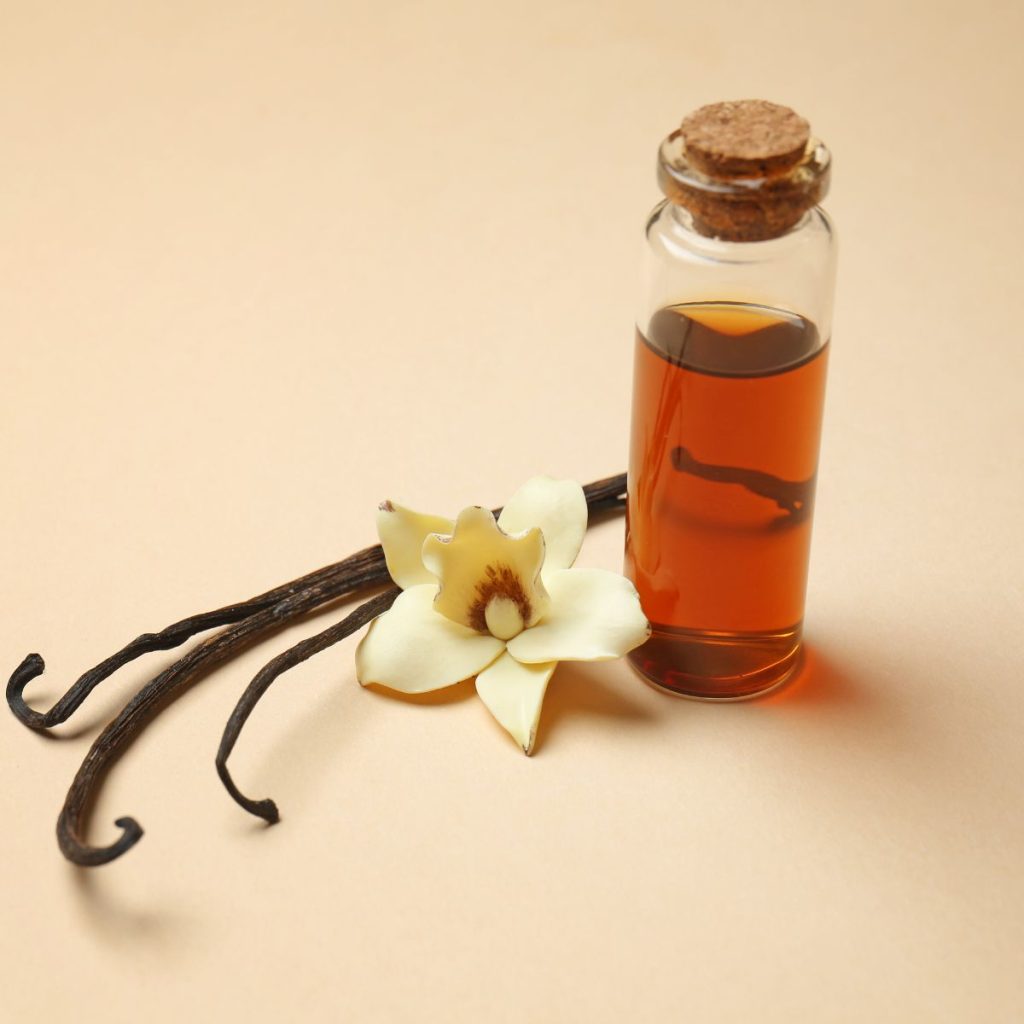

Konnichiwa! (Hello!) I'm Pat Tokuyama, a Japanese tofu cookbook author, who travels for music, food, and adventure. If you like Japanese tea, checkout some of the newestorganic japanese tea, matcha bowls and noren and more!
** Curious about the Plant Based Japanese Cooking Club? ** Learn more here!